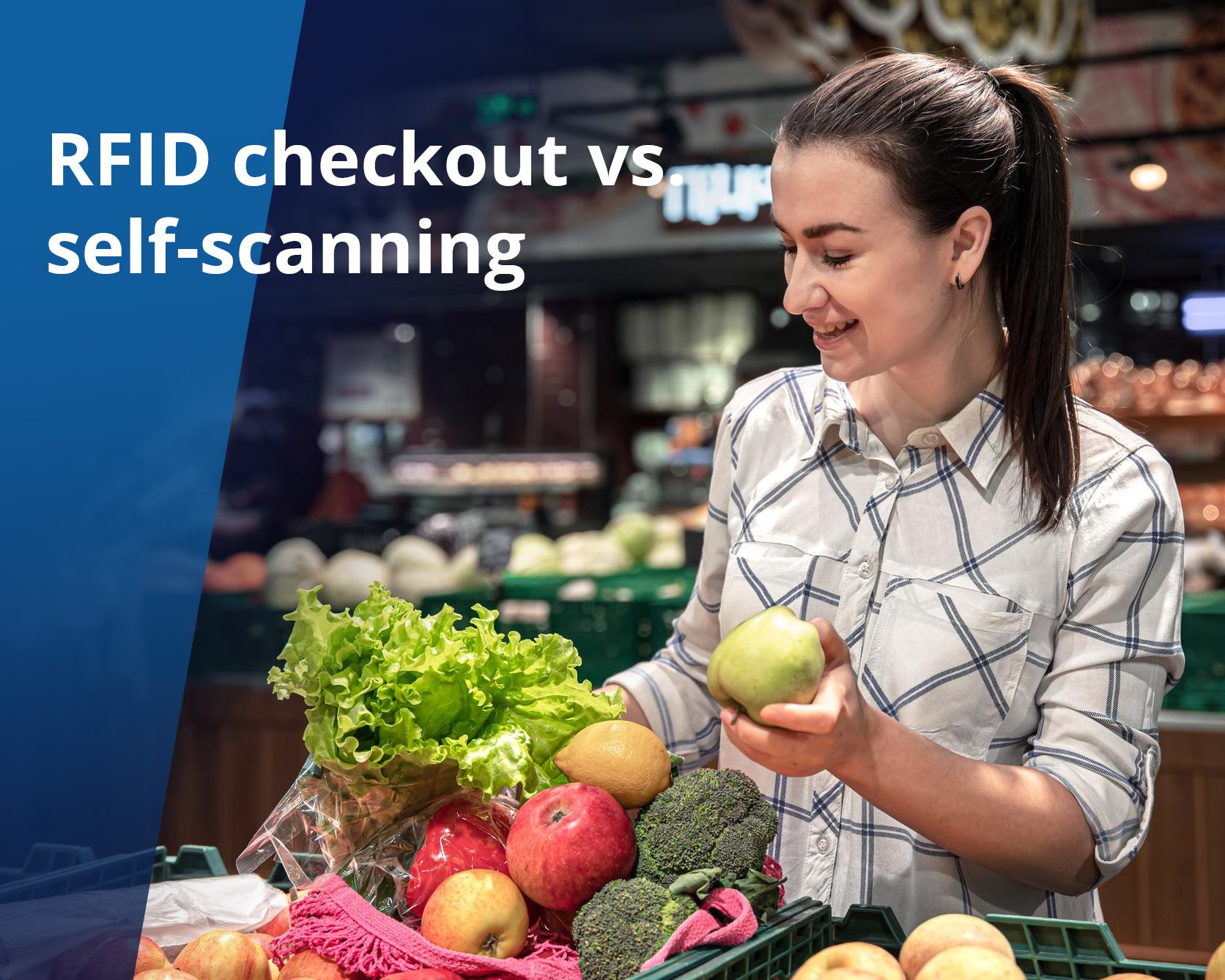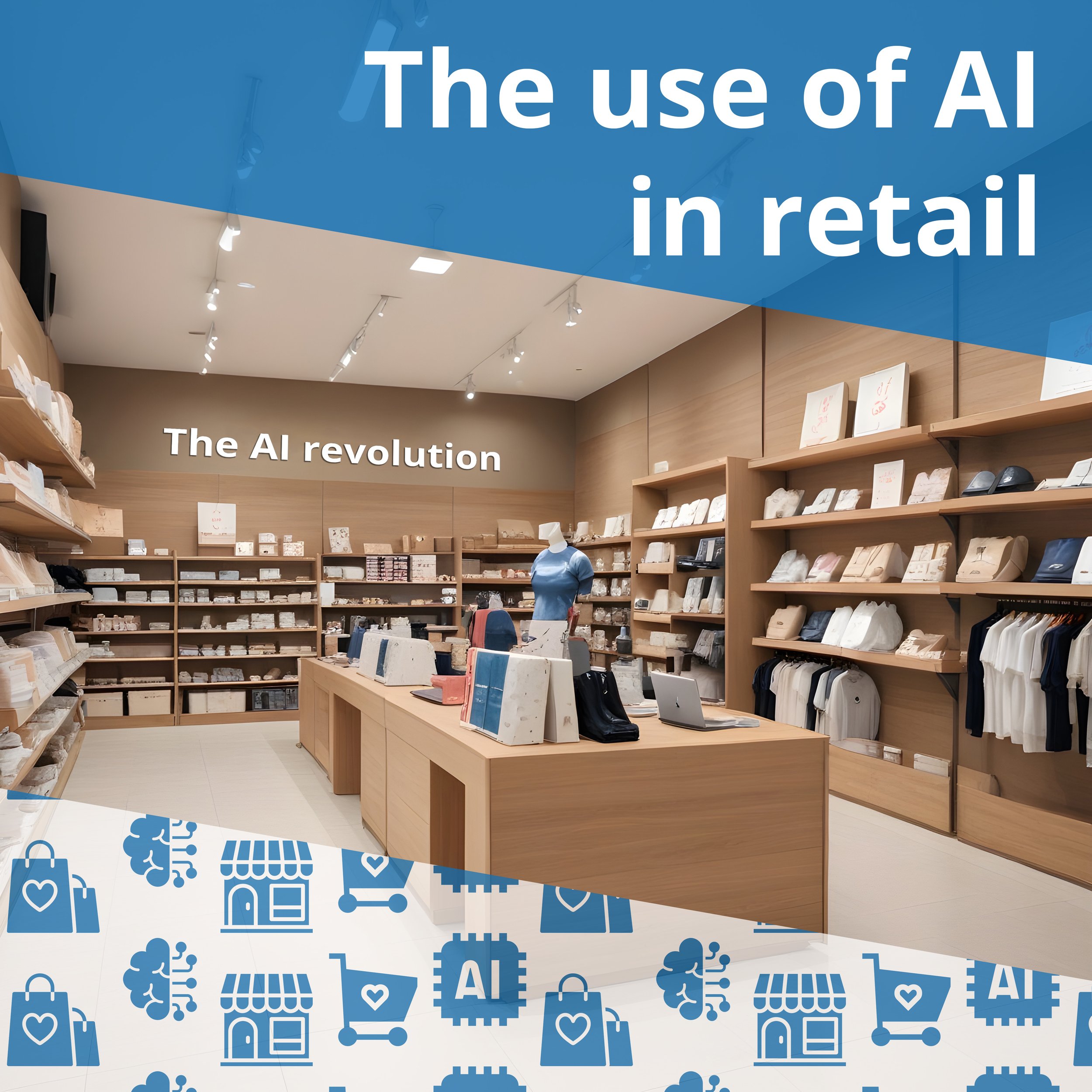Mastering self-scanning: Encouraging continued adoption and satisfaction
Self-scanning has been a game-changer for both shoppers and retailers. The benefits are many, however some retailers are unsure about how to get their customers to use the self-scanning feature continuously. What factors impacts the shoppers’ decision to keep self-scanning? Learn more about it here!
Self-scanning has grown in popularity during recent years, and its popularity is expected to rise even more. This type of retail technology requires a dedicated device, such hardware with the sole purpose of self-scanning, or a smartphone. There are benefits regardless of which device option the retailer selects, however the smartphone alternative usually requires a smaller initial investment. However, regardless of the self-scanning being done using a dedicated device or by using a smartphone, retailers often encounter some challenges regarding usage. Questions that often arise are:
How can we encourage shoppers to try self-scanning?
How can we encourage shoppers to make self-scanning a habit?
These questions are complex, and the answers depend on various factors. Some answers to the first question could be found here, with pointers for how to create a smooth and easy self-scanning experience. And while that article also helps answering question number two, we also need to understand the mechanisms behind the intention of continuous self-scanning.
Usability in focus
A self-scanning solution that is easy and convenient for shoppers to use is vital. But what enhances the perceived usability?
A study conducted in 2021 with the aim of explaining the level of continuance intention of mobile self-scanning found that the usage is directly driven by user’s satisfaction and perceived usefulness. Moreover, the level of technological readiness (meaning the ability to adopt and use new technologies), had effect on the ease of use and perceived usefulness.
Ease of use – Meaning the usability, and is a metric of satisfaction in using a product or service. This metric is determined by one or more individuals using the product. The relationship between usability and satisfaction has been documented.
Perceived usefulness – Perceived usefulness has been defined as “degree to which a person believes that the use of a particular system would improve his or her performance at work”, meaning that there needs to be a perceived usefulness for most new technologies, if retailers want their shoppers to use the technology more than once.
Technological Readiness – The ability to adopt or use new technologies. It can be described as the balanced mental state of motivators and inhibitors, which results in the general technological readiness of an individual.
User satisfaction – Can be defined as the degree to which needs, expectations and preferences are met by using a product or service.
What can be done in order to ensure a high level of usability?
One of the major takes from the recent studies is that shoppers have to see the value in the technology they use – and it must be clear to them what the gain is, compared with shopping as usual. So what should retailers have in mind when implementing mobile self-scanning?
If looking at the basics, usability is also about the interface and the ability to navigate in the application. While the technological readiness can affect whether or not a shopper will try the self-scanning, the experience while using it the first time will determine if there will be more shopping-trips with self-scanning. By selecting a self-scanning solution that is intuitive and easy to navigate, more shoppers will see the benefits of self-scanning.
Furthermore, smart features could be a factor that increase the perceived usefulness. An example is the ability to create a shopping list online, and by using the app (while logged in as a member of the retail-chain) the shopping list can be viewed and crossed off during the shopping trip. Another feature could be that personalized discounts and other promotions are showed while shopping – discounts and savings that would not have been discovered or utilized otherwise. There is a variety of features out there – and as technology becomes more advanced, the number of opportunities are greater.
“One of the many benefits of EasyShop is the features – these are created and developed from a user-perspective. As we gain more insights, we create new features for our customers to use. As we are able to integrate the self-scanning solution with both smartphones, dedicated scanners and other devices, our solution remains flexible”, says Fredrik Englund, Managing Director of Datema Retail.
The importance of quality
It is a common misconception that price remains the only factor that matters – both for retailers and their shoppers. Connected to the topics described above, the level of quality has shown to be of importance when looking at the intended continuance of self-scanning. Connected to satisfaction, the perceived quality has shown to have a positive direct effect on satisfaction – and a positive indirect effect on continuance intention. This means that the quality of the self-scanning alternative -both hardware and software- is of importance for shoppers.
This also aligns with customers purchases and shopping behaviour: studies suggests that the product/service quality is one of the major drivers for consumer purchases in 2024.
So how can retailers ensure that their self-scanning solution has a sufficient high level of quality, in order to fulfil the expectations of the shoppers?
First of all, the selection of self-scanning solution should be done after doing careful evaluations. There needs to be a good understanding of the retailer’s needs and KPIs, as the functionality among the self-scanning alternatives can vary.
Some retailers wish to integrate the self-scanning software with their existing app, and others have a CRM-system that needs to be integrated with the self-scanning system in order to collect useful data and push relevant promotions. The creation of a frictionless shopping experience will affect the perceived quality, and in the end the intended usage among shoppers.
Also the level of experience can not be ignored. As the number of self-scanning alternatives have increased greatly during the last couple of years, retailers are sometimes struggling to determine which solution is the best match. While some solutions are presented as best-in-class and shopper-oriented, the lack of experience is also reflected in the final product.
“By using a well-established and tested self-scanning solution, retailers will not only gain a product that is easy for shoppers to use – it has also been developed over the years. Experience is key when creating a solution that shoppers want to use continuously”, says Fredrik Englund, Managing Director at Datema Retail.
Retailers can also decide to go with a self-scanning system that has been created in-house. With skilful developers and a dedicated team, a high-quality self-scanning solution can be a reality. However, while consumers trends shifts and new features become available among competitors, there is usually no time or money to continue the development after launch. This will affect the quality of the self-scanning solution – as shopper’s needs change, the perceived usability decreases. That is usually a reason for retailers to choose an external service, that is being improved over time.
A high-quality self-scanning solution that is easy to use
To conclude, there are several factors that matter when it comes to self-scanning being a re-occurring way of shopping. Impressive product presentations and extensive marketing campaigns can be great ways to encourage both retailers and shoppers to try self-scanning, but when it comes to the continuous use of the solution, the demands are high.
It is a good idea to use the solution from a provider that offers well-established and user-friendly software based on experience and knowledge, but also to continuously check the levels of satisfaction among the end-users. As self-scanning in general continues to grow and evolve, the self-scanning software should be up-to-date with the latest features and functionalities – but still with a high level of security.
Enlighten, encourage, and engage!
Besides a high-quality self-scanning solution that is easy to use, retailers are encouraged to make continuous efforts to encourage new shoppers to self-scan, as well as to get existing self-scanning shoppers to continue. For example, by providing discounts and other campaigns exclusive for self-scanning, they can create an inventive for shoppers to use the feature. These more or less regular campaigns are a good way to create the self-scanning “routine”, where shoppers will learn how to get the best deals.
Staff members can also be utilised for this purpose – by informing about the self-scanning feature, and help uncertain shoppers along the shopping journey, shoppers will be encouraged to both try the self-scanning feature, and to make a habit of using it.




